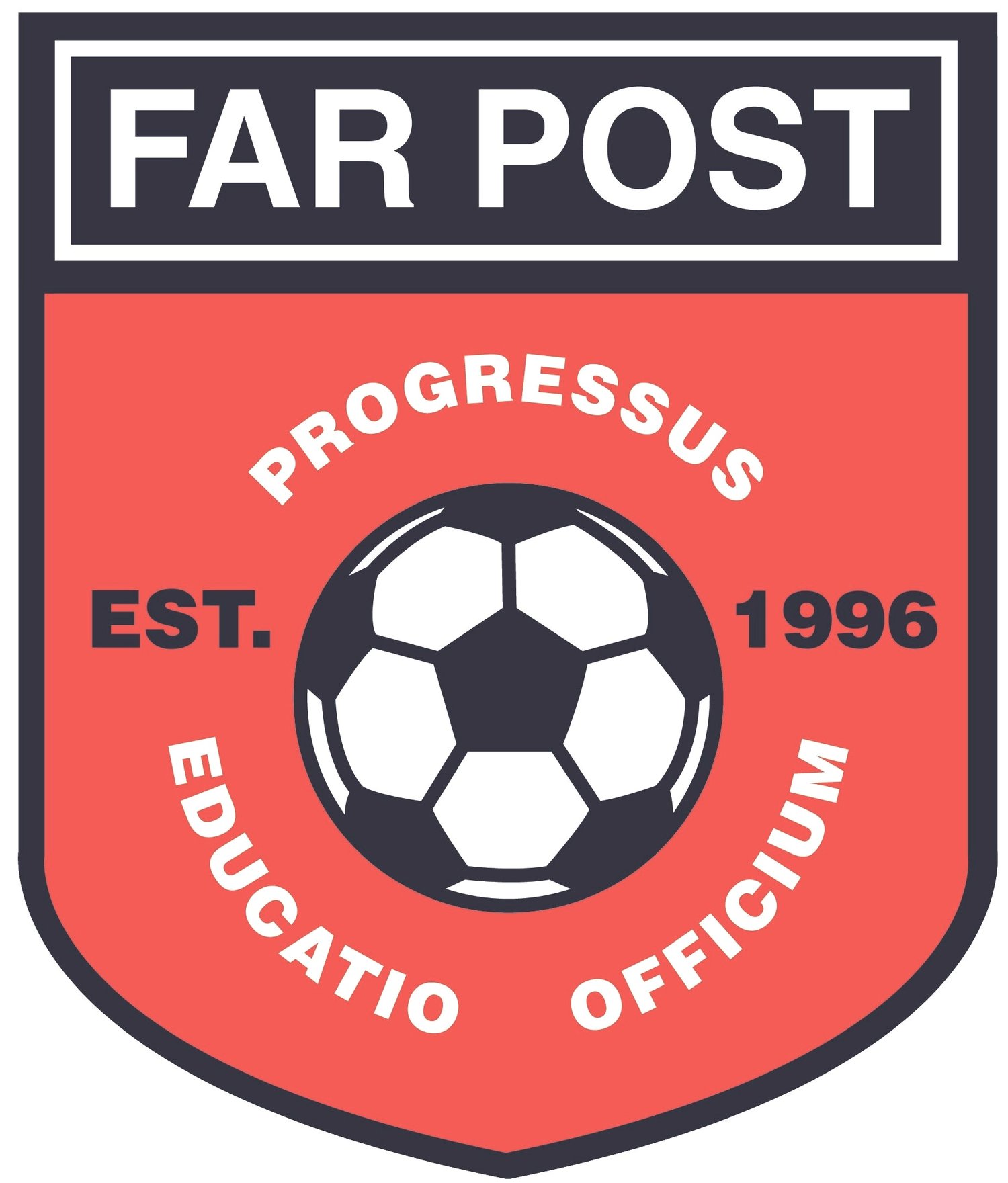Rest and Recovery
in Soccer Training
By Guest Author Sean Lyman
Sean is a fitness enthusiast and personal trainer by profession, and a freelance writer by passion. Sean writes and shares his knowledge for a range of fitness publications and nutrition brands.
The fitness routines of soccer players vary according to their individual needs. Each player may need to focus on a different area of fitness. Coaches can help tailor fitness programs to suit the skills, age, and specific requirements.
Just like training, rest and recovery can prove instrumental in improving the health and performance of young soccer players. Although training and fitness get due attention, rest and recovery may not get their fair share of importance. Training is good for improving the stamina, techniques, and skills of the children, but without adequate rest and recovery, training can prove to be too much of a good thing.
The Importance of Rest and Recovery
The first and foremost reason for incorporating rest and recovery periods into the training routine is to prevent overtraining syndrome. That’s when the body gets too much exercise without sufficient rest, and the consistent strain affects the functioning of bodily systems, moods, and eventually the performance of the athlete. In such cases, training becomes counterproductive. This is easily avoidable with scheduled periods of rest and recovery.
Here are some other reasons why rest and recovery are essential for young athletes:
● To replenish energy levels
● For improving focus, strategic thinking and decision-making
● To consolidate memory and to support skill acquisition
● To improve learning during coaching sessions
● Preventing burnout and sustaining enthusiasm
● To facilitate performance peaks
● To improve mindset and maintain a balance
In a nutshell, rest and recovery periods are non-negotiable if the goal is to be a better soccer player.
Best Recovery Methods
Now that there’s been sufficient emphasis on the need for rest and recovery, it’s time to shed some light on recovery methods. These are some of the best ways to unwind and allow the body to undergo regeneration and renewal after a vigorous training session or an exhilarating match:
Sleep: Let’s start with the simplest and easiest one. Every soccer player needs at least 8 hours of sleep every night. By getting adequate sleep, players can keep injuries and illnesses at bay. Players will learn better during training and have faster reflexes during competition game time if they are well-rested.
Quality sleep is essential for the release of the growth hormone and proper physical development. Overtraining and sleep deprivation can suppress the growth hormone. Young soccer players need adequate sleep for muscle repair and prevention of overuse injuries.
Cold Water Immersion: A stint in a cold plunge tub can reduce swelling, inflammation, and pain. It’s a method that even professional players use. Cold water immersion can help target larger muscle groups. Only the part underneath the belly button needs to be submerged in the water. A t-shirt or towel can keep the upper body warm. The ideal water temperature is 50 to 59 Fahrenheit. Initially, the player might not be able to sit in the water for more than a couple of minutes. The player can increase the time gradually according to tolerance. The time spent in cold water should not exceed 15-20 minutes.
Foam Rolling: This method requires an inexpensive foam roller or a tennis ball. Massaging the body with a foam roller or ball improves blood flow, loosens tight muscles, and improves flexibility. Players need to focus on areas such as the calves, hamstrings, quad, and IT bands. A structured 15-minute recovery session after a game or training can enhance recovery.
Meditation: A really intense match can overwhelm the senses. The adrenaline rush during the match will keep the player going, but the effects will be noticeable later. To relax the mind and body, and to improve the power of focus, players should try meditation. If there’s any confusion regarding where to start and what to do, try guided meditation using online audio resources.
Cross-Training: For the well-rounded development of players and preventing overuse injuries, cross-training is a good idea. Cross-training can improve speed, agility, endurance, and overall fitness. It can prevent muscle imbalances and burnout. Participating in other sports such as swimming, basketball, tennis, and cycling can mentally refresh the players and infuse them with renewed zeal.
Nutrition: Nutrition plays an important role in recovery. Proper nutrition can promote muscle growth and repair, boost the adaptation power of the body, and strengthen the immune system. In general, good nutrition has all the effects conducive to recovery.
Protein is an essential nutrient for athletes as it helps build and repair muscle tissue. Seafood is an excellent source of protein. Lobster, for example, is a powerhouse at 19 grams of protein per 100 grams while also containing Omega-3 fatty acids and Zinc which all support training recovery. Apart from protein, athletes should ensure that meals include healthy fats, fiber, vitamins, and minerals.
Wrapping Up
For improving performance, hard work is important, but rest and recovery matter too. Coaches, parents, and players can select one or more methods of rest and recovery depending on individual circumstances. Allow time for the body and mind to recover and rejuvenate. It will keep players injury-free and help maintain peak performance.

